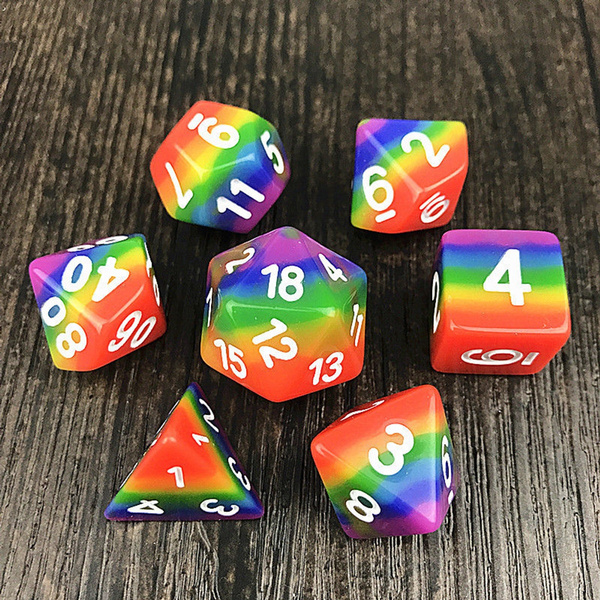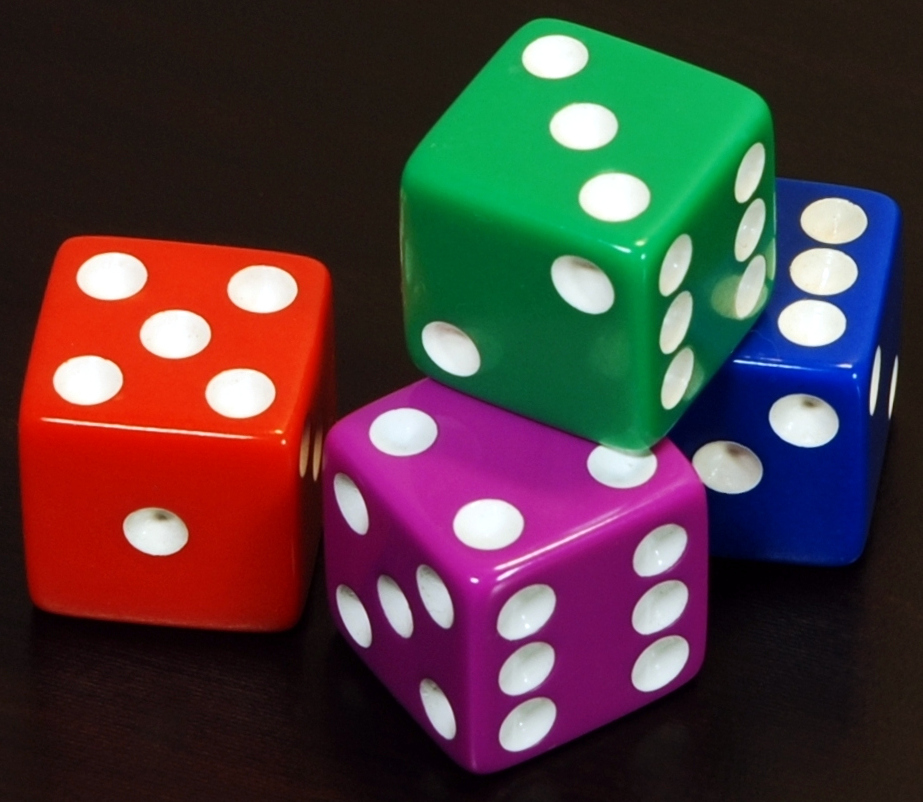A Short History of Dice
🎲 Not just a cube 🎲

Dice and their forerunners are the oldest gaming implements known to man. Many have tried to claim their invention, but archaeology has demonstrated that dice and other tools of chance have been widely used in early society since before recorded history - prior to 3000 BCE!
-
 Cubical dice, in the form they are most commonly seen today, have been found in Chinese and Egyptian excavations from 600 and 2000 BCE respectively.
Cubical dice, in the form they are most commonly seen today, have been found in Chinese and Egyptian excavations from 600 and 2000 BCE respectively.
-
 Pyramidal dice, with 4 triangular sides, have been around for just as long. These are used in one of the oldest board games discovered, the Royal Game of Ur.
Pyramidal dice, with 4 triangular sides, have been around for just as long. These are used in one of the oldest board games discovered, the Royal Game of Ur.
- People may no longer believe the roll of the dice to be the result of some supernatural power, but this was a common belief prior to the 16th century. This shift in attitude came about when chance became the subject of mathematical analysis, paving the way for the concepts of randomness, probability and statistics that we know today.
- These styles of dice and more are regularly used as a main component of roleplaying games or RPGs like Dungeons & Dragons. RPGs often use these as a tool for chance, character action and storytelling - below is a polyhedral set of dice, labelled for the number of sides they have, used regularly within Dungeons and Dragons.
